Posted on 2/28/2025
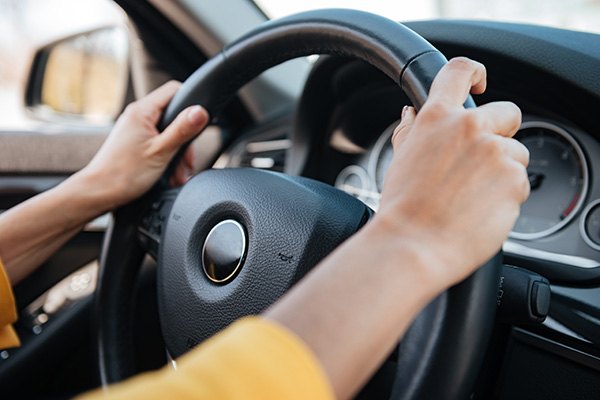
Your car's steering wheel should feel responsive and precise, allowing you to maintain full control over your vehicle's direction. However, if you notice excessive play, looseness, or a delayed response when turning, it may indicate an issue with your steering or suspension system. A loose steering wheel can make driving less predictable and more dangerous, especially at high speeds. Understanding the possible causes of these issues can help you address them before they lead to unsafe driving conditions. How Much Play Is Too Much While some vehicles have a slight amount of natural steering wheel play, excessive looseness is a problem. If you can turn the wheel more than an inch in either direction before the tires respond, that’s a sign that something is worn, loose, or out of alignment. Steering play often develops gradually, so drivers may not immediately notice the change. However, if left unaddressed, it can make it harder to maintain control, espe ... read more
Posted on 1/31/2025
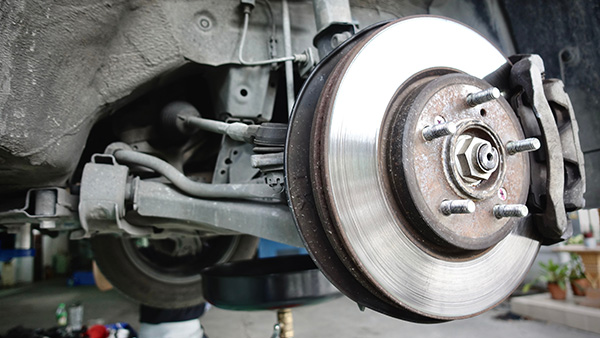
Your vehicle’s braking system is one of the most critical components for safety and performance. However, without proper care, your brakes can wear out faster than expected, leading to costly repairs and, more importantly, reduced safety on the road. So, how can you prevent premature brake wear and keep your car in excellent condition? Let’s explore practical ways to extend the lifespan of your brakes while ensuring your vehicle remains safe and reliable. What Causes Brake Wear Brake wear is a natural part of driving, but certain habits and conditions can speed up the process. Every time you press the brake pedal, the brake pads and rotors work together to slow down your vehicle. This friction generates heat and gradually wears down the brake pads. While regular use is unavoidable, factors like aggressive driving, overloading your car, and neglecting maintenance can accelerate wear and tear. Driving conditions also play a significant role. Stop-and-go tr ... read more
Posted on 12/20/2024
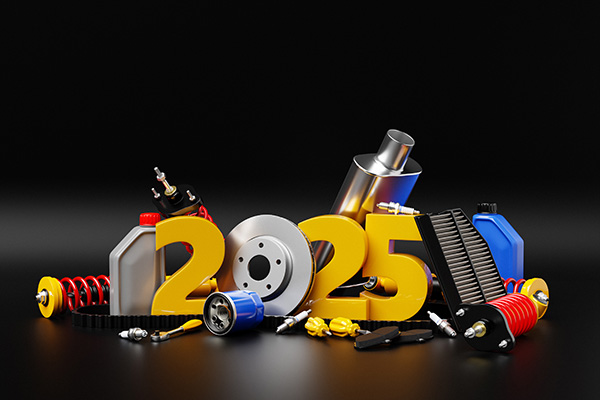
The start of a new year is the perfect time to set fresh goals—not just for yourself but also for your vehicle. Your car works hard year-round, whether it’s commuting to work, taking road trips, or running errands. By adopting better maintenance habits, you can keep your car running efficiently and avoid costly repairs. So, how can you give your car the care it deserves this year? Stick to a Maintenance Schedule First things first: staying on top of your car’s maintenance schedule is essential. Most car manufacturers provide a maintenance guide in the owner’s manual that outlines when you should service various parts, such as the engine, brakes, and fluids. Regular oil changes, for instance, help keep your engine running smoothly and prevent overheating. Sticking to a maintenance schedule becomes even more critical for those in Arlington, TX, where w ... read more
Posted on 11/29/2024
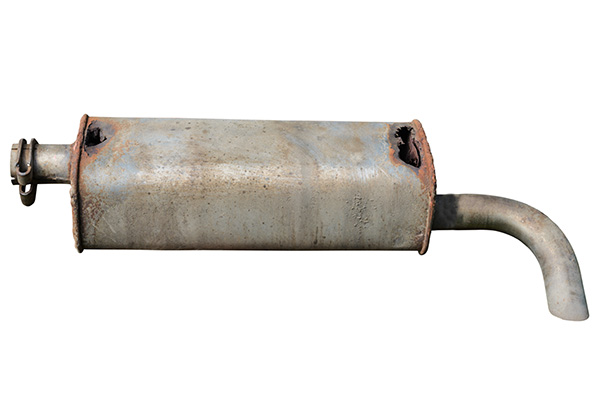
Hearing strange noises from your car’s exhaust system can be unsettling. Whether it’s a rattling, hissing, or booming sound, unusual exhaust noises point to underlying issues that shouldn’t be ignored. Your car’s exhaust system reduces emissions and keeps your engine running efficiently. When it starts acting up, it’s more than just an annoyance—it could be a sign of trouble that impacts your vehicle's performance and safety. What Causes Rattling Noises in the Exhaust System One of the most common complaints drivers have about their exhaust system is a persistent rattling noise. This could stem from a variety of causes, but a loose or damaged component is often the culprit. The exhaust system is made up of several parts, including the catalytic converter, muffler, and pipes, all of which are held together by brackets and clamps. If any of these supports come loose ... read more
Posted on 10/31/2024
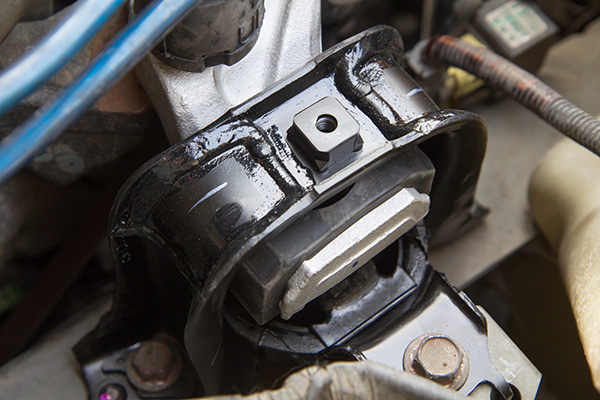
Your car’s engine relies on small but essential parts to stay securely in place. These parts are known as engine mounts, and their primary role is to hold the engine steady while reducing vibrations and absorbing shocks. Over time, engine mounts can wear out, leading to various issues that affect the performance and comfort of your vehicle. So, how do you know when your engine mounts are worn out, and what should you do about it? What Are Engine Mounts and Why Do They Matter Engine mounts are brackets that secure the engine to the car’s chassis, helping to keep everything aligned and stable. Most engine mounts are made with a combination of metal and rubber components. The metal provides the strength needed to hold the engine in place, while the rubber helps absorb vibrations. Without functional engine mounts, your engine could move excessively, causing vibrations, noise, and even damage to other car components. Worn-out engine mounts can create a domino ... read more